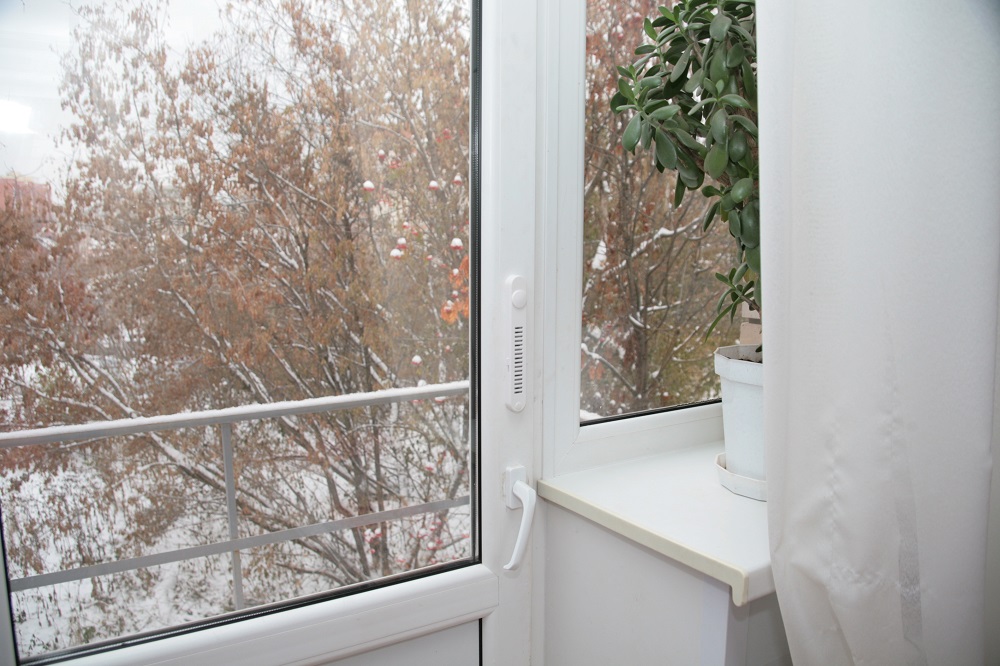According to Health Canada report Canadians spend approximately 90% of their time indoors. Efficient ventilation helps improve indoor air quality (IAQ) as it reduces pollutant and moisture levels that may directly or indirectly result in poor occupant comfort and/or adverse health effects.
Residential ventilation may occur naturally or mechanically. Occupants generally have little control over natural ventilation, aside from opening and closing windows. Ventilation solely by window opening can lead to excessive energy costs, particularly due to heat loss in the winter or loss of conditioned air in the summer. Window opening can also create challenges in managing relative humidity in the winter and summer.
Types of ventilation
Mechanical ventilation is an important tool for supplying fresh air to Canadian homes, and is required to achieve good IAQ in airtight houses. There are several types of mechanical ventilation systems including exhaust-only, supply-only and balanced systems, and their selection depends on the nature of the house, its occupants, and the budget available. Exhaust-only systems are a good choice when looking for a simple, relatively inexpensive and easily installed method of mechanical ventilation, which still remains one of the most widely used systems in Canadian houses. Supply-only systems are also available, but are rarely used in Canada as they have issues that impact their ability to be effective in newer, more tightly-built homes. In general, the more effective mechanical systems are balanced systems which are calibrated to balance the exhaust and supply air flows. These include 1) basic balanced systems which are rarely used due to technical and operating limitations, as well as 2) heat recovery and 3) energy recovery systems which capture heat and humidity during their operation, allowing a better control of indoor air quality conditions.
Factors that affect ventilation and how to avoid them
Several factors can affect ventilation in homes. Occupant activities, airtightness, seasonal changes, location of the home and the presence of pollutants in outdoor air can all impact the quality of the air found indoors.
Some of above factors can be successfully offset by OKFIL Window Filters. Since they are installed on windows they allow airing with the closed windows. The window filter’s cartridge will clear air and it will be free of such pollutants as street dust, pollen and the cars and manufacturing plants’ emissions. The cartridge is also a good heat insulator and does not allow home warmth to go outside. Even in cold season the air in house is fresh and warm.

The work of OKFIL Window Filters directly depends on exhaust ventilation. After the air has flowed into the room, it should flow out somewhere later. Before installing the window filter, be sure to check how the exhaust hood works. Slightly open the kitchen window and attach a sheet of paper to the grill on the hood. If the sheet does not fall – hood works properly. If the hood is not functioning, it is necessary to contact the corresponding company to clean the ventilation ducts. You may see how it can happen at https://www.youtube.com/watch?v=l26Ht-Cj4e4 .
You may find more details about ventilation in Canadian houses at https://www.canada.ca/en/health-canada/services/publications/healthy-living/ventilation-indoor-environment.html#a8
© All rights reserved. Ventilation and the Indoor Environment. Health Canada, 2018.
Adapted and reproduced with permission from the Minister of Health, 2018.
If you have more questions about window filters please contact OKFIL Company.
